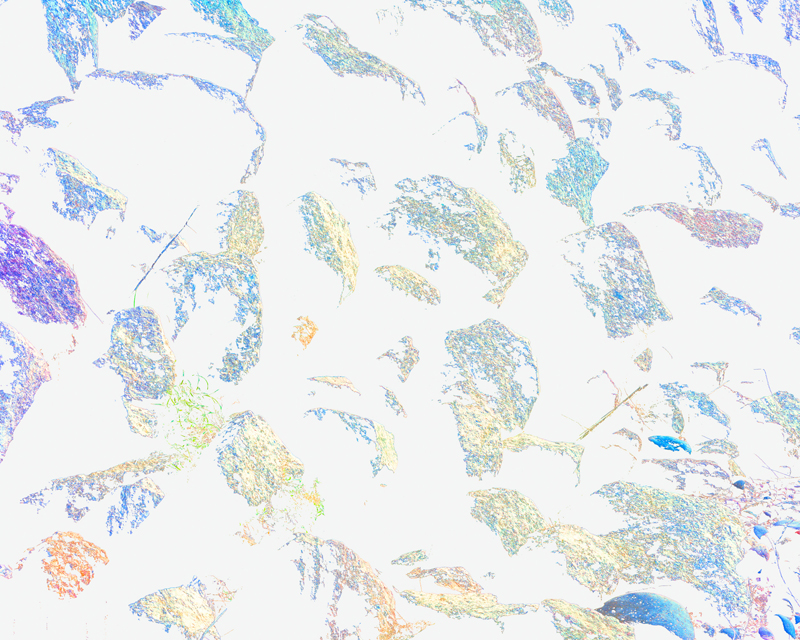Borders and Boundlessness

Borders and Boundlessness features the photographs of ASU MFA alumni Emily Matyas, Aaron Rothman and Krista Elrick whose book projects explore issues of the land. Their images however could not be more different. Though they all utilize photographic technology to create still images, their works reflect individual curiosities and concerns. The exhibition runs Jan. 21–Feb. 19 as part of the 50th anniversary celebration of Northlight Gallery established in 1972 by graduate students and Professor Jack Stuler.
Tierra y Sol (Land and Sun) by Emily Matyas is a collection of images from her travels in Mexico over the last three decades. Photographing in a documentary in style, Matyas seeks to tell the story of the people she met. Having initially crossed over to work with Fundación de Ayuda Infantil (Child Assitance Foundation) in Ciudad Obregón, she later returned to visit the families she worked with in an unofficial capacity. Matyas writes that her book tells the story of “an ardent love for a country not my own and people not related to me.” Many of the photographs depict women and children who have been left behind when their husbands, sons and fathers traveled north of the border in search of work. Depictions of subsistence farming, home interiors with few of the conveniences found in the typical U.S. household are shown with playful children and proud mothers. Throughout the images, like the one of a young boy with ‘USA’ colorfully printed on his t-shirt, Matyas implies the complicated relationship to Mexico’s northern neighbor.
Aaron Rothman combines straight photographs of the desert landscape with digitally manipulated images in his book Signal Noise. In them, Rothman challenges both the viewers perception of reality and the tradition of landscape photography. His photographs do not attempt to be a window onto the world, rather they function in a very self-conscious way to mirror the discomfort and precariousness of our time. Within the context of the obviously manipulated images, Rothman utilizes the method of the diptych and triptych to encourage a closer examination of the seemingly ‘real’ landscape. This examination calls into question the veracity of the image and the established norms of representation. Confronted with the unfamiliar terrain of Rothman’s boundless images, the viewer can choose to engage in interpretation or simply let the beauty wash over them.
In her book A Country No More: Rediscovering the Landscapes of John James Audubon, Krista Elrick uses the visual language of collage to unsettle her amazing images of lands visited and written about by Audubon. As a landscape photographer, a genre traditionally dominated by men, Elrick troubles the canon with her gender and her composited prints by depicting overlapping images that remind the viewer they are looking at a constructed landscape. In her travels following Audubon’s journal entries, Elrick found rivers and wetlands scarred and shaped by humans, their waters dominated by commerce and she discovered the history of the United States; a conflicted confluence of Indigenous people, settlers, plantation owners and enslaved Africans. Her 10-year journey took her over 45,000 miles and transformed Elrick into an environmental activist and Indigenous ally.
Northlight Gallery will host book signings and artist talks by Matyas, Rothman and Elrick in conjunction with the exhibition. The opening reception on third Friday, Jan. 21 includes a gallery talk and book signing by Aaron Rothman. Receptions with Matyas and Elrick will be held on first Friday, Feb. 4 and third Friday, Feb. 18 respectively. The gallery opens at 6 p.m., talks begin at 6:30 p.m.
Image: Rocks (detail) by Aaron Rothman